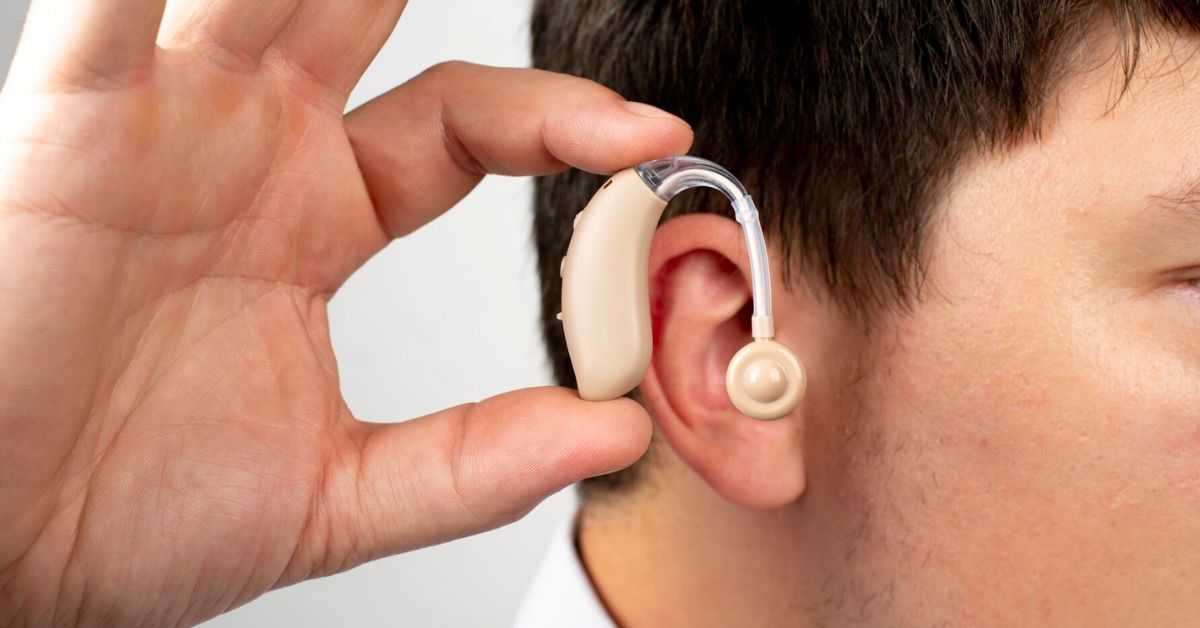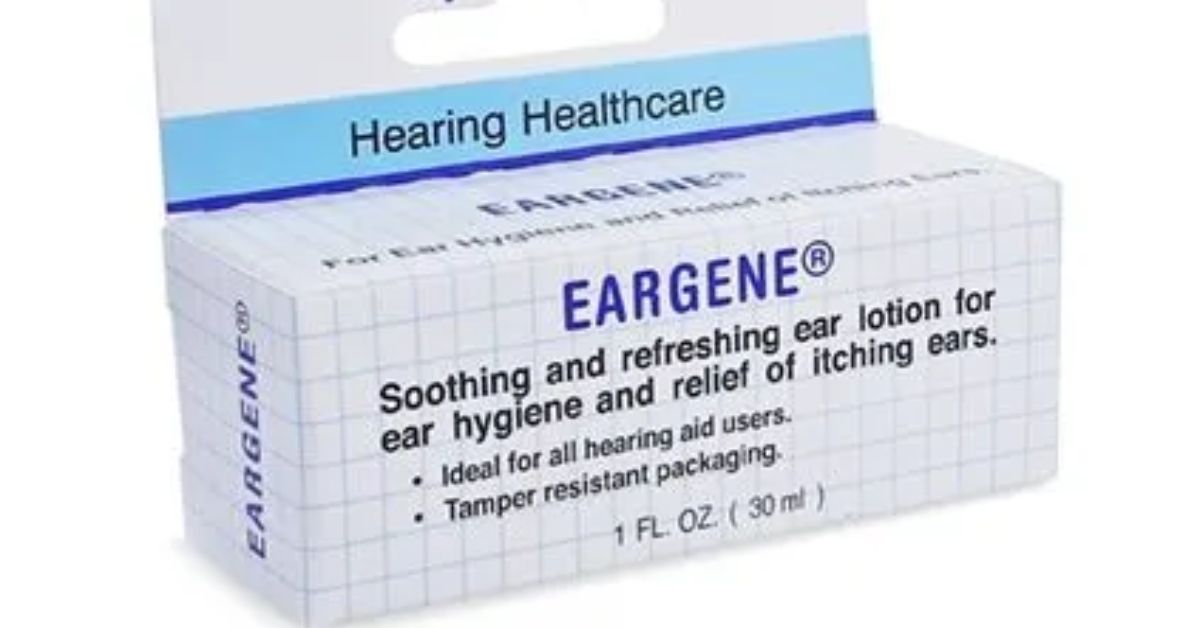Understanding the side effects of any medication is crucial for ensuring safe and effective use. This is especially true for naltrexone 4.50mg, a medication widely used for treating alcohol and opioid dependence. In this article, we’ll delve deep into the side effects of naltrexone 4.50mg, providing a comprehensive guide to help you navigate its potential impacts.
What is Naltrexone?
Naltrexone is a medication that blocks the euphoric and sedative effects of drugs such as alcohol and opioids. It is available in various forms, including tablets and injectable formulations. The 4.50mg dose is commonly used in treatments to help manage dependency.
How Naltrexone Works
Naltrexone works by binding to opioid receptors in the brain, blocking the effects of opioid drugs and alcohol. This action reduces the craving and desire to use these substances, aiding in the recovery process for individuals with dependence issues.
Common Uses of Naltrexone 4.50mg
Treatment of Alcohol Dependence
Naltrexone helps reduce the craving for alcohol, making it easier for individuals to maintain sobriety.
Opioid Addiction Treatment
It is also used to treat opioid addiction by preventing the euphoric effects of opioids, thus discouraging their use.
Off-Label Uses
Naltrexone is sometimes prescribed off-label for conditions such as chronic pain, multiple sclerosis, and autoimmune diseases.
Common Side Effects of Naltrexone 4.50mg
Naltrexone, like any medication, can cause side effects. These can vary in frequency and severity, ranging from mild to severe.
Mild Side Effects
Nausea
Nausea is a common side effect when starting naltrexone. It usually diminishes over time as your body adjusts to the medication.
Headache
Some individuals may experience headaches. Staying hydrated and using over-the-counter pain relief can help manage this symptom.
Dizziness
Dizziness can occur, particularly when standing up quickly. It is advised to rise slowly from sitting or lying positions to mitigate this effect.
Moderate Side Effects
Fatigue
Feeling unusually tired or fatigued is another side effect. Ensuring adequate rest and maintaining a balanced diet can help manage fatigue.
Insomnia
Difficulty sleeping or insomnia may affect some users. Establishing a regular sleep routine can alleviate this issue.
Joint and Muscle Pain
Some individuals report experiencing joint and muscle pain. Gentle exercise and stretching can help reduce these symptoms.
Severe Side Effects
Liver Damage
Naltrexone can cause liver damage, especially at higher doses. Symptoms of liver damage include yellowing of the skin or eyes, dark urine, and severe fatigue. Regular liver function tests are recommended for those on long-term naltrexone therapy.
Allergic Reactions
Severe allergic reactions, though rare, can occur. Symptoms include rash, itching, swelling, severe dizziness, and trouble breathing. Immediate medical attention is required if these symptoms occur.
Depression and Suicidal Thoughts
In rare cases, naltrexone may exacerbate depression or lead to suicidal thoughts. Monitoring by a healthcare professional is essential, especially in individuals with a history of mental health issues.
Managing Side Effects
Tips for Mild Side Effects
For mild side effects like nausea or headaches, over-the-counter remedies and lifestyle changes, such as dietary adjustments and hydration, can be effective.
When to Seek Medical Help
If side effects are severe or persistent, it is crucial to seek medical attention. Liver damage symptoms or severe allergic reactions require immediate medical intervention.
Interactions with Other Medications
Naltrexone can interact with other medications, potentially causing adverse effects. Common interactions include:
- Opioid medications: Naltrexone blocks their effects, which can lead to withdrawal symptoms.
- Thioridazine: This combination can increase the risk of severe side effects.
Always inform your doctor of all medications and supplements you are taking to avoid interactions.
Precautions and Contraindications
Who Should Avoid Naltrexone?
Individuals with acute hepatitis or liver failure should not use naltrexone. It is also contraindicated for those currently dependent on opioids or experiencing withdrawal.
Necessary Precautions
Pregnant or breastfeeding women should consult their doctor before starting naltrexone. Regular liver function tests are recommended to monitor for potential liver damage.
Case Studies and Examples
Real-life Experiences
Many individuals have successfully used naltrexone to manage their dependence. For instance, John, a 45-year-old recovering alcoholic, found that naltrexone significantly reduced his cravings, helping him maintain sobriety.
Clinical Studies
Clinical studies have shown that naltrexone is effective in reducing relapse rates in alcohol and opioid dependence, with manageable side effects.
Alternative Treatments
Other Medications
Other medications for alcohol and opioid dependence include disulfiram and buprenorphine. Each has its own set of benefits and side effects.
Behavioral Therapies
Combining medication with behavioral therapies, such as cognitive-behavioral therapy (CBT), can enhance treatment outcomes.
Consulting Your Doctor
Importance of Medical Advice
Always consult your healthcare provider before starting or stopping naltrexone. They can provide personalized advice based on your medical history and current health status.
Questions to Ask Your Doctor
- What are the potential benefits and risks of naltrexone for me?
- How should I manage any side effects?
- Are there any alternative treatments available?
Conclusion
Naltrexone 4.50mg is a powerful tool in the fight against alcohol and opioid dependence. Understanding its side effects and how to manage them can ensure a safer and more effective treatment experience. Always consult with your healthcare provider for personalized advice and monitoring.
FAQs
1. Can I drink alcohol while taking naltrexone 4.50mg?
No, naltrexone is used to help reduce the desire to drink and will block the effects of alcohol, making drinking less appealing.
2. How long does it take for naltrexone to start working?
Naltrexone usually begins to work within an hour of taking the tablet, but it may take several days to feel the full effects.
3. Can naltrexone 4.50mg cause weight gain?
Weight gain is not a common side effect of naltrexone. However, changes in appetite or diet due to reduced alcohol or opioid use may affect weight.
4. Is it safe to drive while taking naltrexone?
Naltrexone may cause dizziness or drowsiness in some people. It’s best to see how the medication affects you before driving or operating heavy machinery.
5. Can I stop taking naltrexone abruptly?
It’s important to consult your doctor before stopping naltrexone. Abruptly stopping may lead to a return of cravings or withdrawal symptoms.





